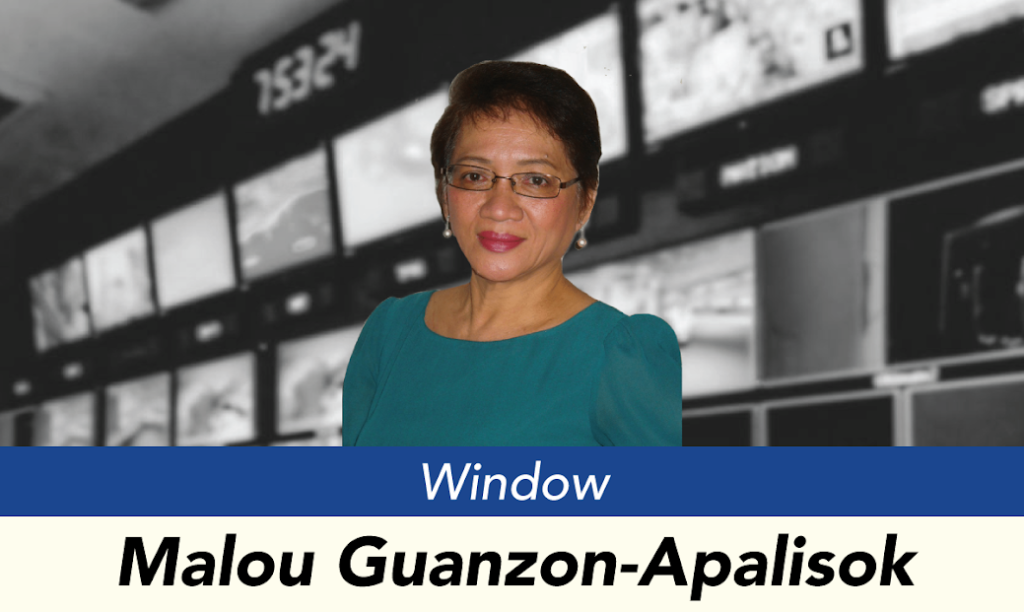
The surge in COVID-19 (coronavirus disease 2019) cases in Cebu City, in particular, in Sitio Zapatera, Barangay Luz, prompted an emergency meeting of Cebu’s town and city mayors at the Capitol last Friday. Presided by Governor Gwen Garcia, the meeting was to hear feedback from the local chief executives, who earlier called on the governor to come up with a coordinated response to the spread of the virus in the provincial capital.
Thanks to digital technology, I was able to listen from the comfort of my home discussions on the proposed amendments to Executive Order 5-N. Said EO placed the province of Cebu under an Enhanced Community Quarantine (ECQ) effective March 27.
Workers from the province employed in establishments earlier exempted from restrictions articulated in EO 5-N will not be allowed to go back to their respective towns or cities for the duration of the ECQ unless they opt to quit their work in Cebu City. Governor Garcia urged owners of restaurants, bakeries, fast food chains, pharmacies to take care of their workers’ accommodations during this difficult time to strengthen ECQ protocol. Meanwhile, Cebu City residents who cross borders will be deported by their respective LGUs because the province cannot risk a community transmission like what is happening now in Sitio Zapatera.
Community transmission, according to a virologist from the University of Queensland in Australia, refers to “a situation where a person is infected by the virus but they have not been overseas recently or been in recent contact with other confirmed cases.”
Public health authorities say imported cases of COVID-19 are “relatively easy to control with proper checks and tracing” but community transmissions are problematic.
“It signals a loss of control of the virus to varying degrees,” according to virologist Dr. Kirsty Short.
The person responsible for the chaos now obtaining in Barangay Luz and the climate of fear among Cebuanos had earlier submitted himself to the Vicente Sotto Memorial Medical Center (VSMMC) and was already tagged a person under monitoring (PUM).
Because the turnaround time for the COVID-19 anti-body test is 7 days, he asked permission to go home pending the results. Instead of placing himself in self-isolation, he was later spotted watching a backyard cockfight, having drinks with friends and attending a funeral.
With 135 cases and counting, Cebu City Mayor Edgardo Labella was pressured to adopt draconian measures and he obliged by placing the whole of Barangay Luz under a lockdown. That’s a terrible punishment for the indiscretion of a single person but who is to say that he alone from among 9,000 villagers was infected? Remember, he submitted to medical care because he had symptoms of COVID-19 but there are silent spreaders of the disease out there called asymptomatic — people who carry the virus but are not feeling sick.
Meanwhile, Mayor Labella should see to it that the basic goods and services flow freely in the infected barangay. My former media colleague Jemelie Comaingking, who is now based in Dubai, called on Facebook friends to make donations for drinking water, fresh vegetables, milk powder for infants, tissue paper, face masks, face shields, Vitamin C, and foodstuff for her family in the village. When the lockdown started, she used to order online, but now online sellers of goods have begged off from serving for fear of getting infected.
My friends who are monitoring these developments in social media are worried because except for saying that massive testing will continue in the village, Mayor Labella has yet to craft a comprehensive program for the infected barangay, or at the very least, for villagers earlier tested positive for COVID-19. They need to be isolated for obvious reasons.
In February, the World Health Organization (WHO) came out with a document to guide countries on the management of community transmission of the coronavirus. May I lift from an article published in ABC News Australia:
“Once large-scale community transmission occurs, efforts to identify and trace individual cases should no longer be priority.”
“Resources should instead be focused on monitoring the spread and characteristic of the virus, identifying and managing severe cases, preventing onward transmission of the virus, alleviating strains on health care services, informing the public, and reducing overall social and economic impact,” according to the WHO./dbs